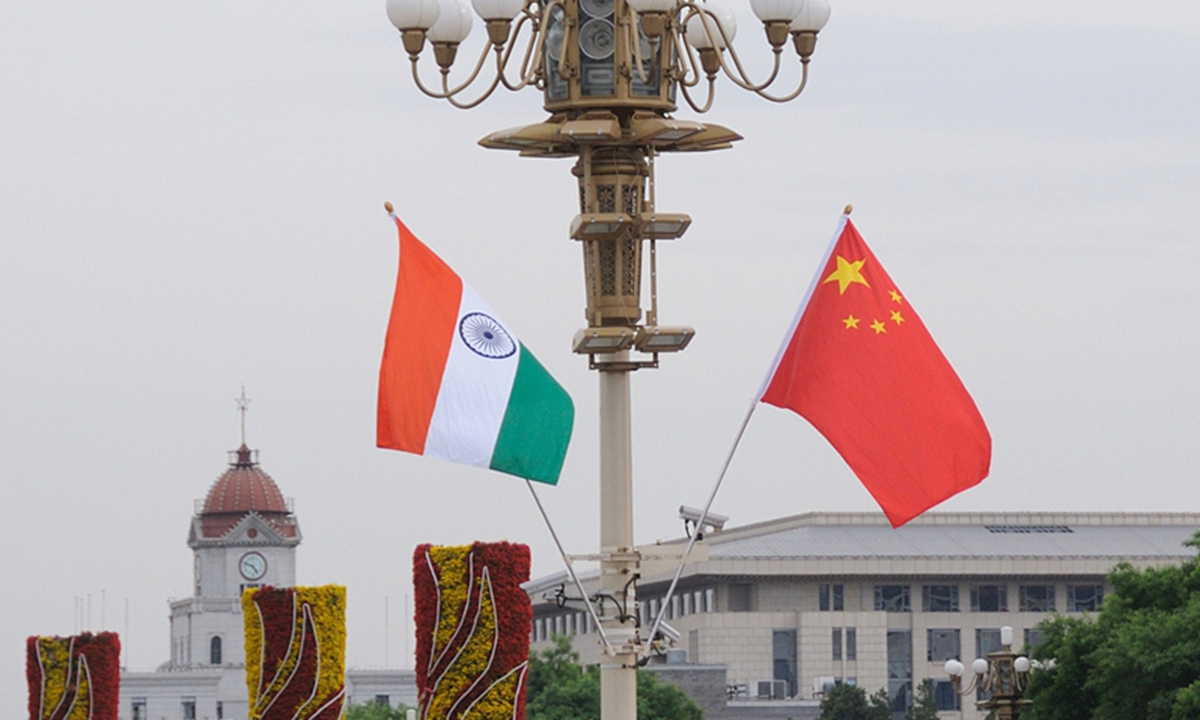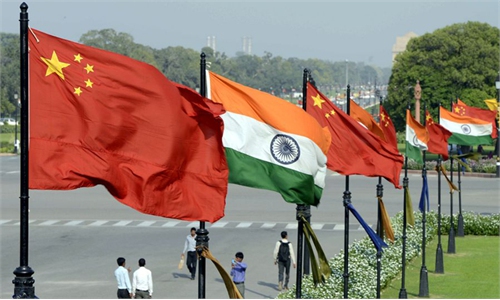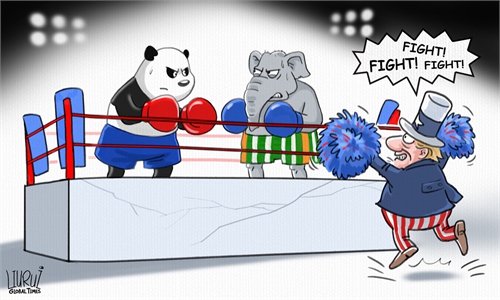India lifting arms rules at border endangers its own security

Photo: VCG
India has reportedly reset the rules of engagement with Chinese troops along the China-India border. The Indian Army gave their troops "complete freedom of action" to handle situations. More specifically, they are permitted to do this with "any aggression by China" at the tactical level. Field commanders will also be allowed to use firearms in "extraordinary" circumstances on the Line of Actual Control, according to Indian media reports.
Tensions have been running high along the China-India border after a physical clash between the two sides on June 15, during which 20 Indian soldiers died and more than 70 were injured. The number of Chinese casualties is unknown yet, but nationalism and hostility against China has been sweeping across India.
When talking with Indian External Affairs Minister S. Jaishankar on the phone on Wednesday, Chinese State Councilor and Foreign Minister Wang Yi pointed out that it was the Indian side that intentionally provoked and started the violent attack. In an apparent move to downplay the clash, Indian Prime Minister Narendra Modi said on Friday, "Nobody has intruded into our border, neither is anybody there now, nor have our posts been captured."
However, contradicting himself, he said his government has given the armed forces full freedom to take any necessary action. This leaves room for the troops to use their guns or other ordinance to escalate tensions along the border.
It is worth noting that the China-India border has remained uneventful for more than three decades. No firearms were used during the face-off this time thanks to border management mechanisms between the two sides. The Agreement between India and China on Confidence-Building Measures in the Military Field along the Line of Actual Control in the India-China Border Areas in 1996 stipulates, "Neither side shall open fire […] or patrol with guns or explosives within two kilometers from the line of actual control."
In 2005, the two sides signed the Political Parameters and Guiding Principles for the Settlement of the China-India Boundary Question, which said, "The two sides will resolve the boundary question through peaceful and friendly consultations. And neither side shall use or threaten to use force against the other by any means."
While these mechanisms have helped reduce the risks of provocations at the border, the latest clash shows that the mechanisms have fostered the Indian Army's aggressiveness to provoke Chinese troops.
By allowing the Indian army to use firearms, is India determined to go to war with China? If the Indian side opens fire, the Chinese side will have no hesitation. China also has the resolve that if the Indian side really resorts to force, China will be able to solve border disputes with India no matter how harsh China's external strategic environment is. During the 1962 Sino-Indian War, although the US and the Soviet Union came to India's aid, China still managed to spare one leg to kick India out.
In addition, if India unilaterally breaches border management mechanisms, it actually gives China the opportunity to drive off this "salami tactic" that Indian troops adopt at the border.
The Indian government is clear that the clash this time is purely occasional. The Indian side has no ground to break the status quo at the border. That is why Modi stated the truth behind the clash. As for his hard-line stance to give the armed forces full freedom to take any necessary action, it is mainly a response to the burning nationalistic sentiment brewing in India. The actual purpose of this is to ease public criticism of the government regarding casualties of Indian soldiers.
India should be reminded that if it loosens controls on the border for troops, this could lead to armed conflict. Given India's underdeveloped infrastructure and logistical shortcoming, it will bear bitter consequences in the face of the well-equipped and highly capable Chinese People's Liberation Army.
The article was compiled by Global Times reporter Wang Wenwen based on an interview with Lin Minwang, a professor at the Center for South Asian Studies of Fudan University. wangwenwen@globaltimes.com.cn


